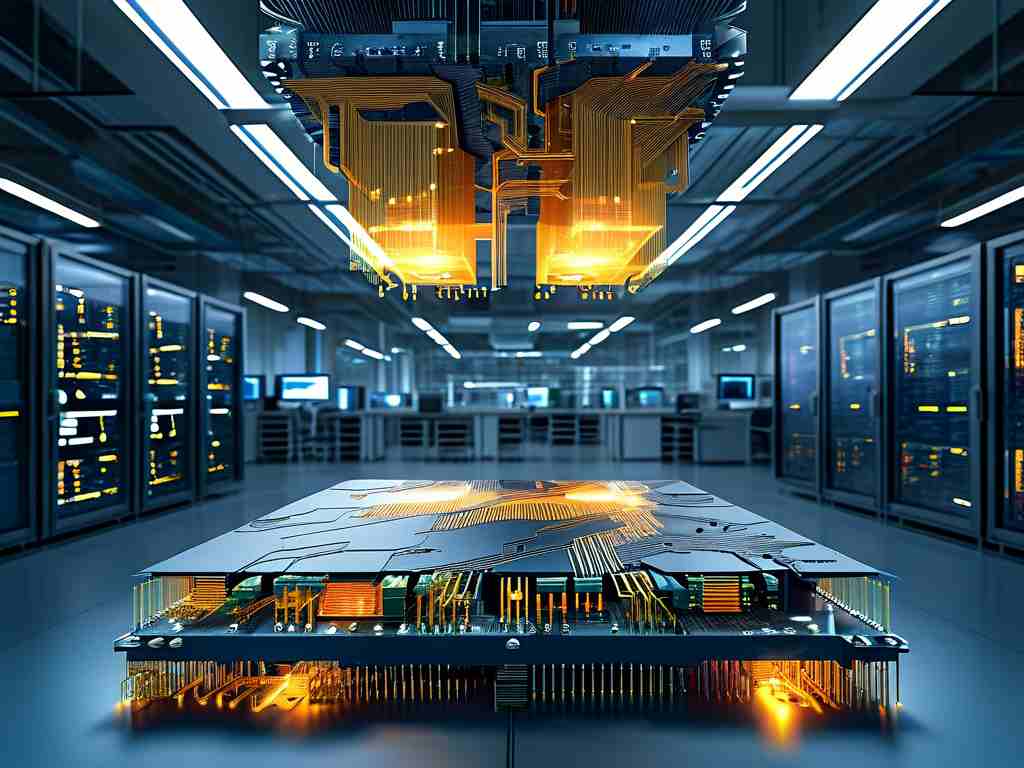In the rapidly evolving landscape of modern computing, terms like distributed technology and distributed architecture are often used interchangeably, leading to confusion among developers, architects, and even seasoned professionals. While both concepts are foundational to building scalable and resilient systems, they address fundamentally different aspects of system design. This article aims to clarify the distinctions between distributed technologies and distributed architectures, exploring their roles, use cases, and how they complement each other in real-world applications.

Defining Distributed Technology
Distributed technologies refer to the tools, protocols, and frameworks that enable the implementation of distributed systems. These are the building blocks that solve specific technical challenges, such as communication between nodes, data consistency, fault tolerance, and load balancing. Examples include:
- Communication Protocols: gRPC, REST, or Apache Kafka for messaging.
- Consensus Algorithms: Paxos, Raft, or blockchain-based mechanisms like Proof of Work.
- Data Storage Solutions: Distributed databases (e.g., Cassandra, MongoDB) or file systems (e.g., Hadoop HDFS).
- Orchestration Tools: Kubernetes for container management or Apache ZooKeeper for coordination.
These technologies are concrete, reusable components that address discrete problems. For instance, Kubernetes automates container deployment, while Cassandra handles partitioned data storage across clusters. Their value lies in their specificity—they solve well-defined technical challenges but do not dictate how a system should be structured holistically.
Understanding Distributed Architecture
Distributed architecture, on the other hand, refers to the high-level design principles and patterns that govern how components of a system interact, scale, and fail. It is a blueprint that defines the relationships between services, data flows, and trade-offs in system behavior. Key architectural styles include:
- Microservices: Decentralized services with bounded contexts, often communicating via APIs.
- Event-Driven Architecture: Systems built around event producers, consumers, and brokers (e.g., using Kafka).
- Peer-to-Peer (P2P) Networks: Decentralized node interactions without a central authority.
- Client-Server Models: Traditional hierarchical structures with centralized servers.
Architectural decisions answer questions like: How should services be partitioned? Where should business logic reside? What consistency guarantees are needed? For example, choosing a microservices architecture implies a design where independent services handle specific domains, but it does not prescribe whether to use gRPC or REST for inter-service communication.
Key Differences
-
Abstraction Level:
- Technology is implementation-focused. It answers how to achieve a task (e.g., "Use Kubernetes to orchestrate containers").
- Architecture is design-focused. It answers what the system should do and why (e.g., "Adopt microservices to enable team autonomy").
-
Scope:
- Technologies are narrow in scope, solving isolated problems like data replication or service discovery.
- Architectures are broad, defining system-wide behaviors such as fault tolerance strategies or data partitioning schemes.
-
Flexibility vs. Rigidity:
- Technologies can often be swapped (e.g., replacing RabbitMQ with Kafka for messaging).
- Architectural changes are more disruptive, as they require rethinking the entire system’s structure.
-
Interdependence:
- A distributed architecture may leverage multiple technologies (e.g., using Kubernetes for orchestration and Cassandra for storage).
- Conversely, a single technology (like Kafka) can support multiple architectures (event-driven systems or log-centric designs).
Why the Confusion Exists
The overlap between the two concepts stems from their symbiotic relationship. For instance, adopting an event-driven architecture almost always requires a messaging technology like Kafka or RabbitMQ. Similarly, microservices rely on technologies like Docker and Kubernetes for deployment. This interdependence blurs the line between "tool" and "design," especially when technologies become synonymous with architectural patterns (e.g., Kubernetes is often conflated with microservices).
Case Study: Building a Scalable E-Commerce Platform
To illustrate the distinction, consider designing an e-commerce platform:
- Architectural Choices:
- Use microservices to separate product catalog, inventory, and payment processing.
- Implement an event-driven system to handle order updates and notifications.
- Technological Choices:
- Deploy services using Kubernetes for scalability.
- Use Apache Kafka for event streaming.
- Store product data in Cassandra for horizontal scaling.
Here, the architecture defines the structure (microservices + event-driven flows), while the technologies provide the implementation mechanics (Kubernetes, Kafka, Cassandra). Changing the architecture—say, to a monolithic design—would invalidate many technological choices, whereas swapping Cassandra with MongoDB might require minimal architectural adjustments.
Synergy in Practice
Successful distributed systems require harmony between architecture and technology. For example:
- A serverless architecture relies on cloud technologies (AWS Lambda, Azure Functions) to abstract infrastructure management.
- A blockchain-based system combines architectural decentralization with cryptographic technologies like consensus algorithms and smart contracts.
Poor alignment between the two leads to anti-patterns. Using a monolithic architecture with Kubernetes, for instance, negates the orchestration tool’s benefits. Similarly, adopting microservices without proper service discovery technologies results in operational chaos.
Distributed technologies and architectures are two sides of the same coin, yet they serve distinct purposes. Technologies are the "nuts and bolts" that solve technical challenges, while architectures are the "blueprints" guiding system design. Understanding this distinction empowers teams to make informed decisions—selecting the right tools for their architectural vision and avoiding costly mismatches. As distributed systems grow in complexity, clarity between these concepts becomes not just academic but essential for building robust, future-proof solutions.









